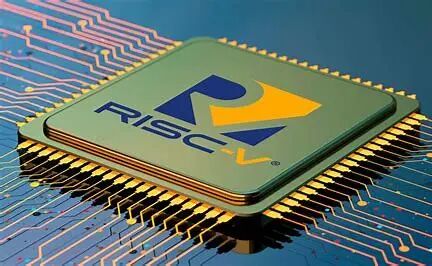The RISC-V architecture is rapidly emerging as a strong force in the SoC design field due to its open-source and scalable features. However, for many developers, understanding which operating systems can run on RISC-V SoCs and what development platforms are needed remains a challenge. This article will delve into the operating systems supported by RISC-V SoCs and the corresponding development platforms, providing developers with comprehensive guidance.
Operating Systems Supported by RISC-V
One of the greatest advantages of the open and flexible RISC-V architecture is its broad support for various operating systems. From lightweight embedded real-time operating systems (RTOS) to powerful general-purpose operating systems, RISC-V can handle them all. Here are some common examples:
- • FreeRTOS: This is a widely used open-source RTOS for embedded systems, known for its lightweight, ease of use, and efficiency, making it an ideal choice for RISC-V platforms. FreeRTOS is typically used in resource-constrained devices such as sensor nodes, microcontrollers, and small embedded systems. Its low memory footprint and deterministic real-time performance make it very suitable for applications requiring real-time responses.
- • Zephyr RTOS: Zephyr is an open-source RTOS supported by the Linux Foundation, emphasizing low power consumption, small size, and modular design. Zephyr supports a wide range of hardware platforms, including various RISC-V architecture SoCs. It is suitable for Internet of Things (IoT) devices, wearables, and other applications requiring low power and high reliability. Compared to FreeRTOS, Zephyr offers richer features and stronger support but may require more resources.
- • Linux: Linux is a powerful general-purpose operating system that also enjoys broad support for the RISC-V architecture. Its modular design and vast software ecosystem make it an ideal choice for building complex systems and applications. Significant progress has been made in porting the Linux kernel for RISC-V, with many distributions providing support for RISC-V, such as Buildroot and the Yocto Project. Linux is typically used in applications requiring more processing power and a richer software library, such as servers, embedded gateways, and high-end embedded systems.
- • RT-Thread: This is a domestic real-time operating system that has gained widespread application in recent years and has good support for RISC-V. It achieves a good balance between performance and resource usage, making it suitable for various embedded application scenarios.
- • Other RTOS and Operating Systems: In addition to the operating systems listed above, many other RTOS and operating systems also support RISC-V, such as uC/OS-II and Nucleus RTOS. The choice of operating system depends on specific application requirements and resource constraints.
RISC-V SoC Development Platforms
Developing RISC-V SoCs requires suitable development platforms, including hardware development boards, software development toolchains, and debugging tools.
- • Hardware Development Boards: Many manufacturers offer RISC-V-based development boards, which typically include processors, memory, peripheral interfaces, and debugging interfaces. The choice of a suitable development board depends on specific application requirements and budget. These development boards usually provide extensive documentation and example code to help developers get started quickly.
- • Software Development Toolchains: The software development toolchain for RISC-V typically includes compilers, linkers, debuggers, and library files. The GNU toolchain is one of the most commonly used software development toolchains for RISC-V, providing a complete set of development tools that support multiple programming languages and operating systems. Other toolchains, such as LLVM, also exist. The choice of a suitable toolchain depends on the selected operating system and application requirements.
- • Debugging Tools: Debugging tools are used to find and fix errors during development. Common debugging tools include GDB and OpenOCD. GDB is a powerful command-line debugger that can be used to debug various types of programs. OpenOCD is an open-source JTAG debugger that can be used to debug RISC-V SoCs.
- • IDE: Integrated Development Environments (IDEs) can simplify the development process and improve development efficiency. Many IDEs support RISC-V development, such as VS Code and Eclipse, which can implement code editing, compilation, and debugging functions through plugins, greatly facilitating developers’ work.
Conclusion
RISC-V SoCs support a variety of operating systems, from lightweight RTOS to powerful general-purpose operating systems, allowing developers to choose the appropriate operating system based on application needs. Additionally, a rich array of hardware development boards and software development toolchains provides a solid foundation for RISC-V development. Choosing the right development platform and tools will effectively enhance development efficiency and promote the vigorous growth of the RISC-V ecosystem.
